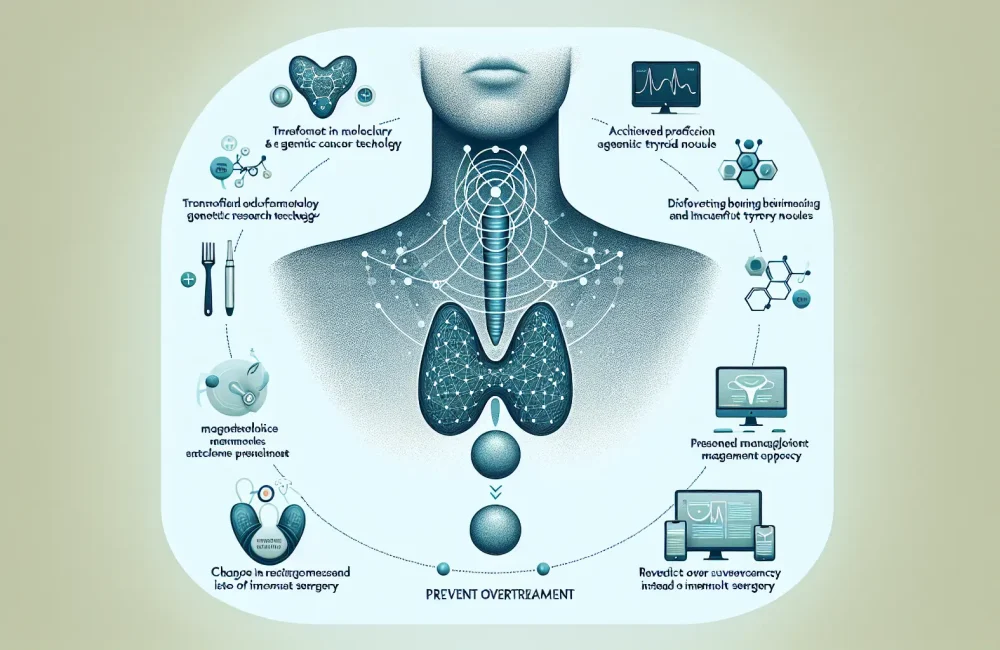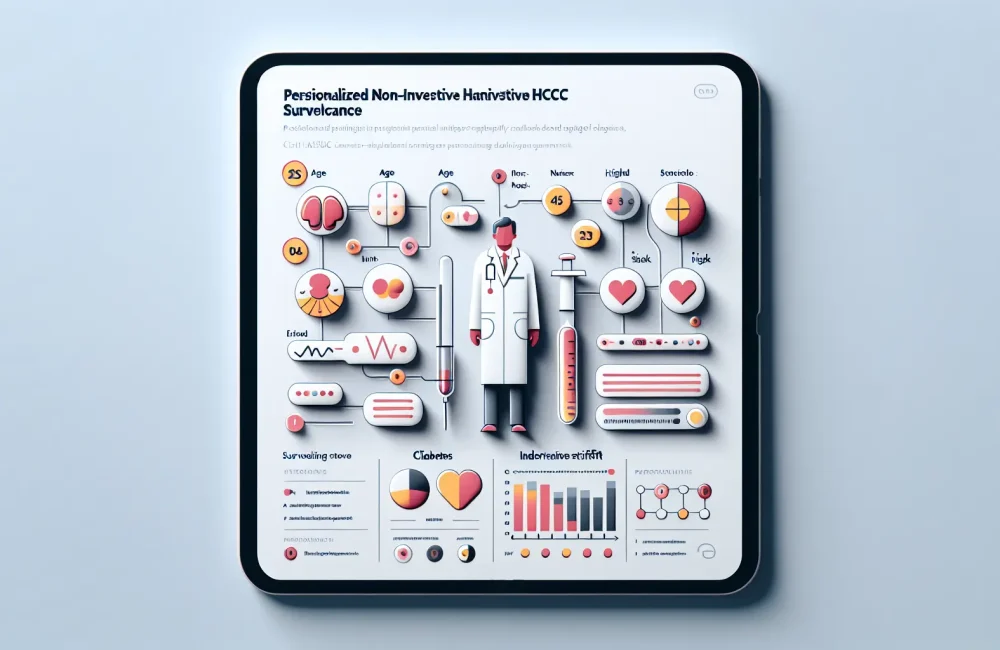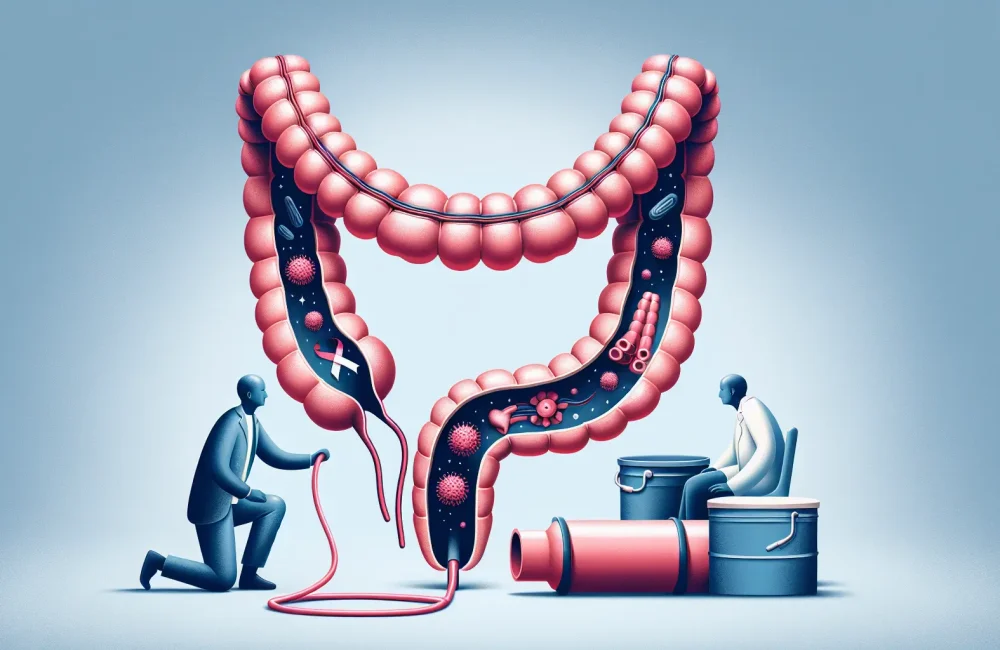By CAFMI AI From JAMA
Continued Decline in Cancer Mortality Driven by Smoking-Related Cancers
Recent epidemiological data from United States national cancer registries show a significant and continuing decline in overall cancer mortality rates. This encouraging trend is largely powered by a decrease in deaths from smoking-related cancers, notably lung, larynx, and esophageal cancers. These three cancer types have historically been some of the most lethal and prevalent forms associated with tobacco use, which remains a major modifiable risk factor for cancer. The observed reduction in these deaths reflects the success of long-term public health efforts aimed at reducing tobacco use among Americans. Declining smoking rates have been sustained over multiple decades due to comprehensive tobacco control policies including increased taxation on tobacco products, smoking cessation programs, public education campaigns, and legislative measures such as smoke-free public spaces. As a direct consequence, clinicians now see fewer patients progressing to advanced stages of these smoking-related cancers, which translates into reduced overall cancer mortality nationwide.
Addressing Persistent Disparities and Targeted Cancer Prevention Strategies
Despite the overall decline in cancer deaths, the data also reveal ongoing disparities among different demographic and socioeconomic groups. Certain populations—especially those with lower socioeconomic status, minority ethnic groups, and those living in rural areas—continue to experience higher rates of smoking-related cancers and cancer mortality. These disparities highlight that the benefits of tobacco reduction are not equitably distributed across all sectors of the population. Clinicians serving these vulnerable groups must be aware of this disparity, as it impacts screening, early diagnosis, and cancer prevention efforts. The article underscores the necessity of targeted, culturally sensitive interventions tailored to high-risk populations to bridge these gaps. This includes expanding access to smoking cessation resources, increasing education about cancer risks related to tobacco, and enhancing outreach efforts in underserved communities. Without specially designed programs, progress in combating smoking-related cancers may stall or even reverse in some demographics, undermining national cancer control goals.
Sustaining Advances through Public Health and Clinical Interventions
Maintaining and accelerating the decline in cancer mortality linked to smoking requires sustained public health and clinical efforts. Continued enforcement and expansion of anti-smoking policies remain essential, alongside innovative clinical workflow integrations for screening and counseling. Health care providers, particularly those in primary care and oncology, play a crucial role in ongoing tobacco use assessment and cessation counseling. The article emphasizes the importance of consistent patient education on the risks of tobacco use and benefits of quitting, as well as regular follow-up support to maintain abstinence. Furthermore, clinicians should vigilantly monitor for signs of smoking-related cancers, aiding in early detection through appropriate screening protocols. This multipronged approach is vital to solidify gains achieved so far and to further reduce the cancer burden in the United States. Effective collaboration between public health agencies, healthcare systems, and community organizations is imperative to reach all population segments optimally and sustain reductions in cancer mortality.
Read The Original Publication Here






